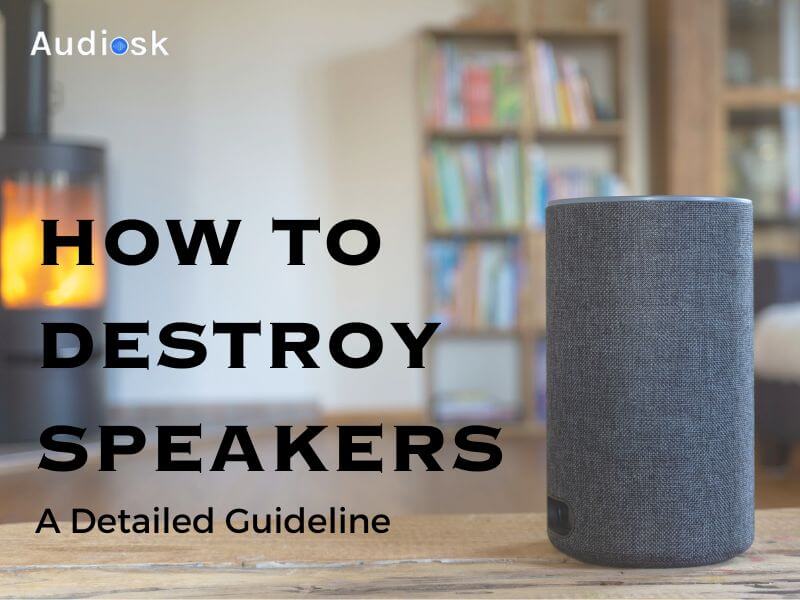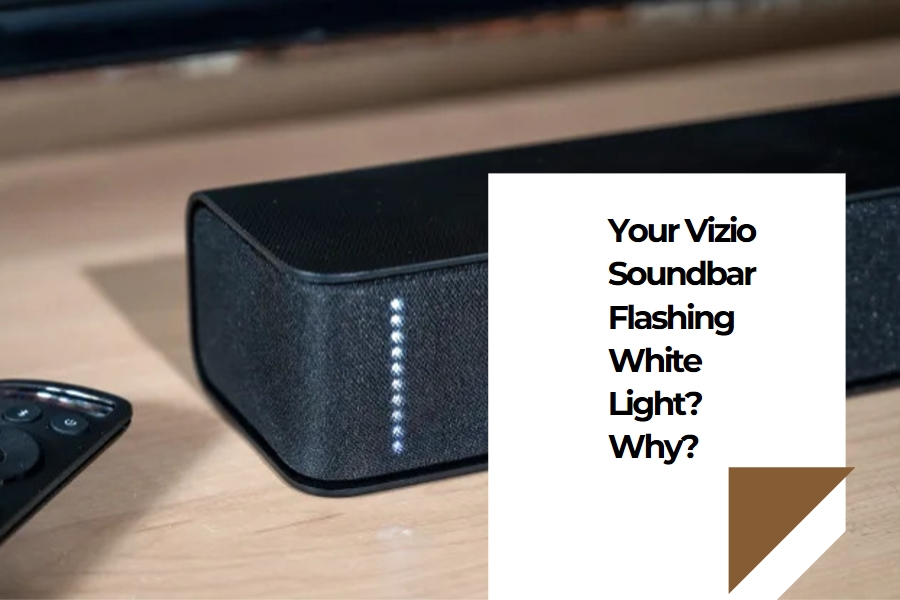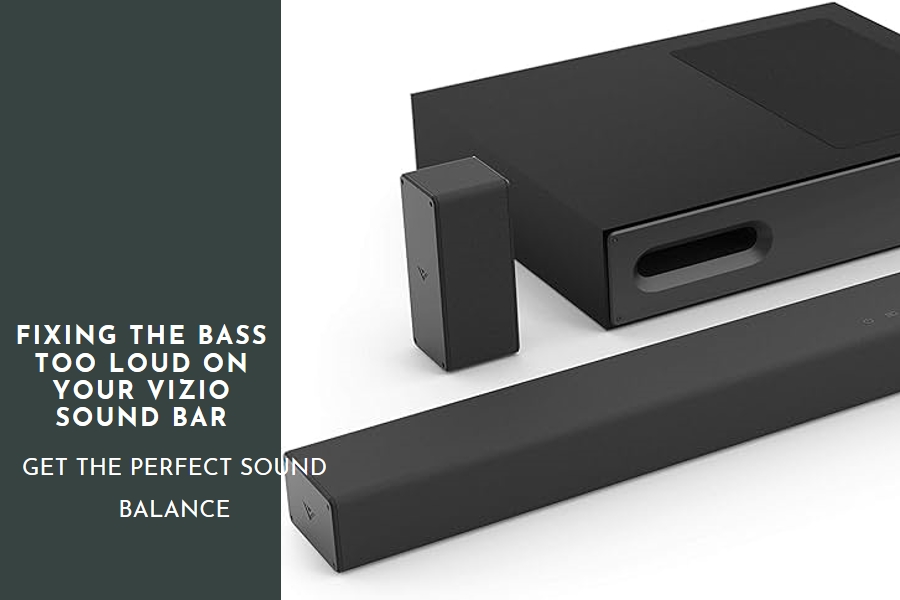In audio systems, the way speakers and receivers connect is vital for good sound quality. I have a lot of experience, and I will help you understand how to connect a speaker to a receiver. To understand how sound travels, you need to know about different types of lines, receiver inputs, and sound details. When we learn this skill, we make sure the audio sounds clear and accurate, exactly as intended. In the ensuing sections, we will explore the tools needed, the step-by-step process, and some vital tips to enhance your audio setup’s performance
If you’re wondering how to connect speaker wire to a receiver, you’ve come to the right place. In this article, you’ll learn the step-by-step process to enjoy a seamless audio experience and make the most out of your home theater or sound system setup.
What Is Speaker Wire Basics?
It’s important to learn everything about speaker cables before you begin to connect speakers.
Explanation of speaker wire
It is an essential component of any audio setup. It is the electrical connection between your amplifier or receiver and your speakers. It carries the audio signal from the source to the speakers, allowing you to hear sound.
It is made of two conductive cables, one positive and one negative, encased in an insulating sheath. Its thickness, measured in gauge, affects the sound quality and distance it can transmit the signal effectively.
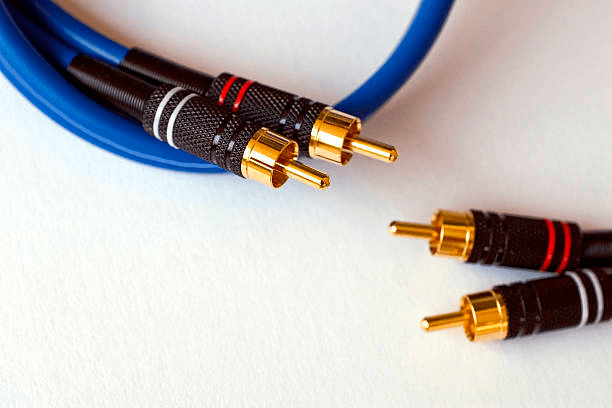
How to identify positive and negative wires?
You can look for markings or color-coding to determine which one is positive and which is negative. Positive ones are often marked with a “+” symbol or colored red, while negative ones may be marked with a “-” logo or colored black.
Additionally, some speaker wires have a ridge or ribbing on one side to indicate the positive one. Double-checking the polarity ensures accurate sound reproduction and prevents phase cancellation.
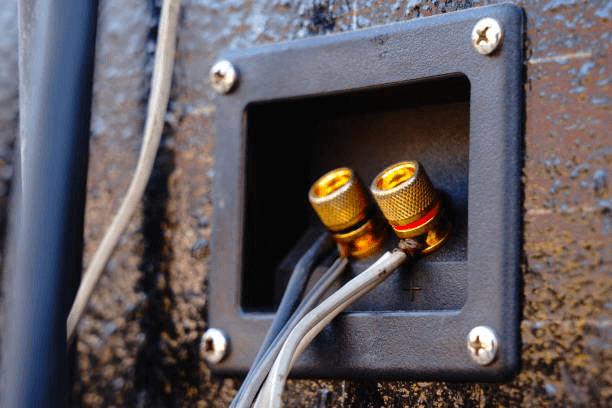
What Types of Speaker Wire Connectors?
When connecting a speaker cable to a receiver, there are various types of connectors to consider.
Explanation of different types of speaker wire connectors
The most common ones include banana plugs, spades, and pin connectors. Banana plugs are easy to use and provide a secure connection. Spade connectors have a fork-like shape and are ideal for screw terminals. Meanwhile, pin connectors feature a simple design with a straight pin that inserts into the receiver.
Each connector type offers its benefits and compatibility with different receivers. Understanding these options will help you choose the right connector for your specific setup when learning how to connect speaker wire to a receiver.
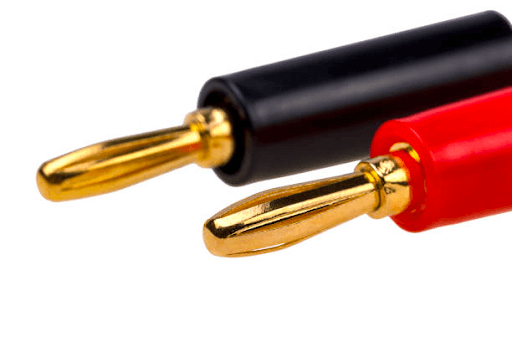
How to connect each type of connector?
Each type requires a specific method. You need to insert the wire into the plug’s opening and tighten the screw for a secure connection. Spade connectors require loosening the terminal screw. Then, you can slide the spade connector under it, and tighten the screw.
On the other hand, pin connectors involve inserting the pin into the receiver’s terminal hole and ensuring a snug fit. It’s important to follow the instructions provided with the connectors and refer to the receiver’s manual for guidance.
How To Connect Speaker Wire To Receiver?
Now you can delve into the steps of connecting your wire.
Steps to connect speaker wire to a receiver
First, you should gather all the necessary materials, including the wire and the receiver. Make sure your receiver is turned off and unplugged before proceeding. Especially, when connecting amplifiers or a subwoofer need to consider this carefully.
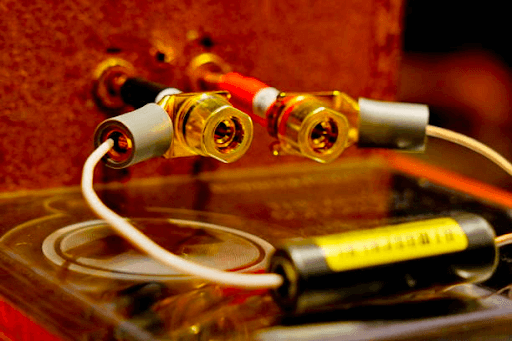
You can start by stripping the ends of the cable. You can use specialized cutters or a stripping tool to remove about half an inch of insulation from each end of the cable. This will expose the bare metal strands for a secure connection.
Next, identify the speaker outputs on the back of the receiver. There will be positive (+) and negative (-) terminals for each speaker channel.
Then, you need to take one end of the cable and insert it into the positive (+) terminal of the corresponding speaker channel. Ensure that the bare metal strands are fully inserted into the terminal. After that, ensure you have tightened any screws or clips to secure the wire.
Once finished, repeat the same process for the negative (-) terminal. When all of them are connected, you should double-check all the connections to ensure they are tight and secure. Finally, plug in the receiver and turn it on.
How to ensure a proper connection?
First, you must carefully strip your wire to expose the bare metal strands. This ensures a clean and secure connection.
Then, when inserting the cable into the speaker outputs, you should correctly match the positive (+) and negative (-) terminals. This is crucial for maintaining the proper polarity of the audio signal.
Additionally, it’s essential to tighten any screws or clips to fasten the wire to the terminals securely. Loose connections can result in poor sound quality or even damage to the equipment.
Read more: What Size Speakers Are In My Car
Conclusion
As we finish our guide on connecting speaker wire to a receiver, it’s important to recognize the role this plays in achieving great sound quality. In our discussions, we’ve emphasized the need to pick the appropriate wire, understand your receiver’s features, and connect everything properly. Following these simple steps will help ensure your sound is clear and powerful, enhancing your overall audio experience. Remember, the process of connecting speaker wire goes beyond just technical steps; it’s about ensuring your audio system performs at its best. We hope these straightforward tips will help you enjoy a richer sound experience.
If you are interested in this topic and want to learn more, watch this video:
FAQs



